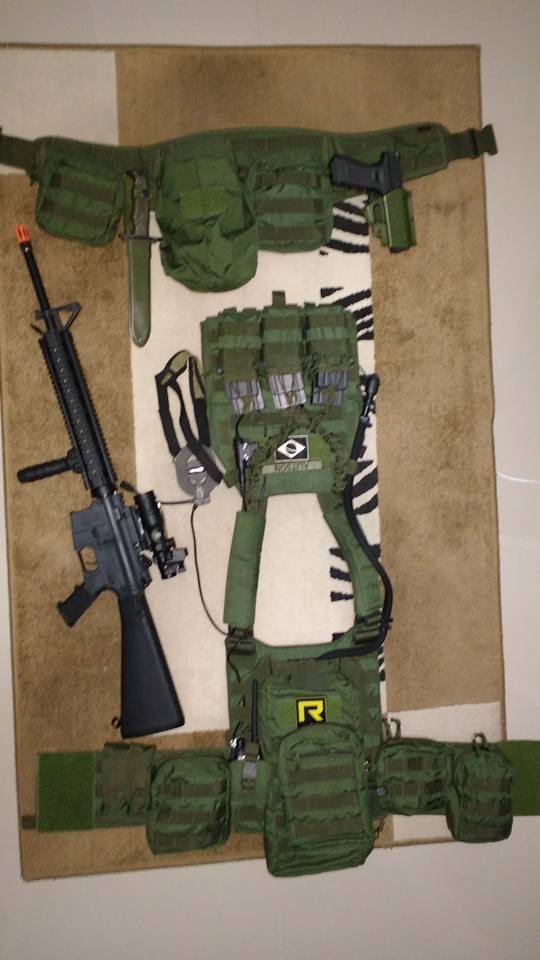Boa Noite
Caro Amigo Lauro
Não podemos confundir as funções do P-3/EP-3 com o ACS/P-99, cada qual tem sua função:
O P-3 tem a função de patrulhar a área marítima, buscar e acompanhar alvos de superfície, buscar, acompanhar e caças alvos submarinos. Assim como realizar ataques contra qualquer um destes, assim como cumprir missões SAR e de lançamento de minas.
Já o EP-3 tem a função COMINT E ELINT, ou então a de controlar as ações e operações da US Navy.
Porém o EP-3 será substituído pelo ACS, ou o nosso ERJ-145, que terá a função de exercer controle COMINT, ELINT, MASINT e IMINT. A função destes sistemas, nas quais serão usados os mais modernos equipamentos disponíveis no EUA, será a de prover inteligência sobre os alvos em um aspecto muito mais amplo do que os disponíveis até agora. Além de vetorar UAVs da US Navy e também do US Army.
Logo, para substituir os P-3 a US Navy ira utilizar a plataforma baseada no 737, que poderá tornar-se a mais eficiente e complexa aeronave de busca de superfície e de submarinos.
Claro que vale ressaltar que a Embraer fornecerá a plataforma, assim como a integração estrutural da célula aos equipamentos como antenas, radares, consoles, dispensers, etc. Porém não sabe-se qual o acesso que a Embraer terá a integração dos sistemas e softwares a plataforma planejada para o ERJ-145, se será apenas visual, com algum domínio destes ou até um completo controle e manutenção dos mesmos.
Segue abaixo um texto do Janes que fala do EP-3:
Lockheed Martin EP-3E Aries II
Country of origin: USA.
Role: SIGnals INTelligence (SIGINT) aircraft.
Status: Operational.
Description
The EP-3E Aries II SIGINT system is a conversion of the Lockheed Martin P-3C Orion maritime patrol aircraft and is operated by a crew of 20. Within this figure, there are flight and mission crews of five and 15 respectively. The flight crew comprises a pilot, co-pilot, flight engineer and two navigators while known details of the mission crew stations are as follows:
Unidentified station
As of this issue, an unidentified operator station is located to port in the front end of the aircraft's main cabin. Sources suggest that this position houses an in-flight maintenance technician.
Manual ELectronic INTelligence (ELINT) station
The manual ELINT station is located at the front end of a five position Electronic Support (ES) console which is located to port in the main cabin centre section. The manual ELINT operator is tasked with signals analysis and receiver control and is reported to become the focus of the platform's radar ES capability in the event of a main mission computer failure.
Low-band signal collection station
Moving aft, the low-band signal collection station is located next to the manual ELINT position on the ES console. Target systems for this station are reported to include early warning, height finding and meteorological radars.
High-band analysis station
Moving aft, the high-band analysis station is located next to the low-band signal collection position on the ES console. Tasking here is said to centre on high-band radars associated with interceptor aircraft with acquired data being distributed among other onboard operators.
`Big Look' operator station
Moving aft, the `Big Look' operator station is located next to the high-band analysis position on the ES console. Taskings here are thought to include management of the EP-3E's AN/APS-134(V) radar and the aircraft's long range ES receivers together with evaluation of newly acquired signals.
ELINT supervisor station
Moving aft, the ELINT supervisor station is located next to the `Big Look' position on the ES console. As its name suggests, this station is used for supervision of the ES console as a whole.
Electronic Warfare (EW) co-ordinator station
Moving aft, the EW co-ordination station is located next to the ELINT supervisor's position on the ES console. Taskings here are thought to comprise the integration of acquired ELINT and COMmunications INTelligence (COMINT) data and its dissemination to offboard users.
COMINT special task supervisor/collection director station
Moving aft, the special task supervisor/collection director station is located next to the EW co-ordinator position. This position handles management of the aircraft's COMINT section.
COMINT console
Located to starboard in the rear section of the main cabin, the COMINT console provides accommodation for five operators whose tasks include COMINT collection, analysis and interpretation. A sixth COMINT position is located to port at the rear of the main cabin.
In terms of mission equipment, the EP-3E's various onboard systems are divided into ES Sensors (ESS), Special/ES Common SubSystem (SESCSS) and Special Station Sensor (SSS) elements. Of these, the SSS systems relate to the COMINT function and a listing of the various equipments fitted and their catagorisation is given in Table 1. Externally, the Aries II platform is characterised by dorsal and ventral `canoe' fairings (noted as housing the system's OE-320 direction-finding antenna group see Table 1); a large ventral radome (described as housing the OE-319 `Big Look' antenna see Table 1); blade antenna arrays beneath the outer wing panels and rear fuselage; antenna pods for an AN/ALR-76 ES system on both wingtips; a wire aerial array around the empennage and a `flower pot' radome beneath the rear fuselage. The EP-3E is reported to be fitted with a Link 11 datalink and an AN/AYK-14 central mission computer, is credited with a service ceiling of 8,230 m and is said to cost (spring 1997) $2,100 per flight hour to operate. The US Navy (USN) defines the EP-3E's role in the following terms:
Operating in international airspace either independently or in conjunction with other US forces, the EP-3E provides the Fleet Commander with a real-time assessment of the tactical posture of potentially unfriendly military forces. While providing intelligence for the Fleet in a multithreat/open ocean environment, the reconnaissance crew must rapidly determine the evolving tactical scenario by analysing available information. Disseminating this information directly to the National Command authority allows decision makers at all levels to respond to key developments.
As of this issue, the EP-3E programme is thought to encompass 12 aircraft bearing the USN Bureau of Aeronautics Numbers (BuNo) 156507, 156511, 156514, 156517, 156519, 156528, 156529, 157316, 157318, 157320, 157325 and 157326.
Operational deployment
USN Pacific Fleet
Patrol Wing Eight
VQ-1
Base: NAS Whidbey Island, Washington State.
Formation date: 1 June 1955.
Assigned aircraft: EP-3E SIGINT (including BuNos 156507, 156511, 156517 and 157318) and UP-3A communications support aircraft.
Remarks: In addition to its home station at NAS Whidbey Island, VQ-1 maintains a permanent detachment at Misawa Air Base, Japan and is noted as having maintained a `continuous' presence in the Persian Gulf region since July 1992.
USN Atlantic Fleet
Fleet Air Mediterranean
VQ-2
Base: NAF Rota, Spain.
Formation date: 1 September 1955.
Assigned aircraft: EP-3E SIGINT (including BuNos 157320, 157325 and 157326) and P-3C communications/support aircraft.
Remarks: In addition to its home station at NAF Rota, VQ-2 makes use of a forward operating facility at NAF Souda Bay, Crete. It may also be worth noting that according to unconfirmed reports, aircraft 157325 was detached to VQ-1 during the spring of 1996 and was back with VQ-2 in May 1997.
Fotos
EP-3

P-3

ACS

737ASW

Um Abraço!!!
Alitson











